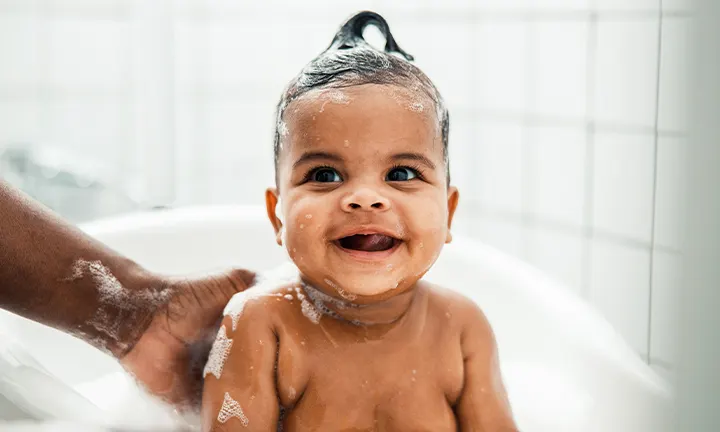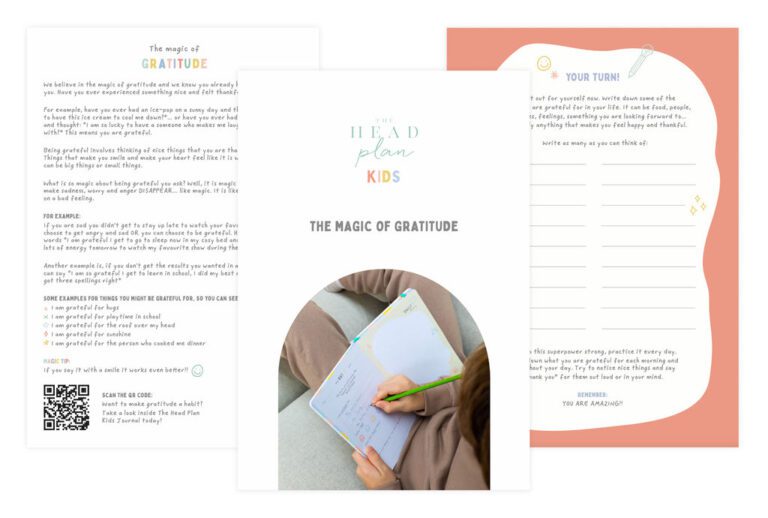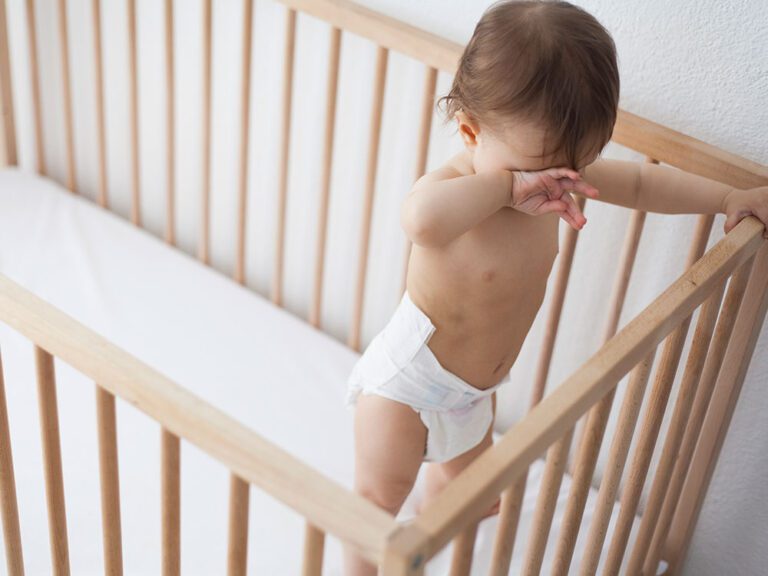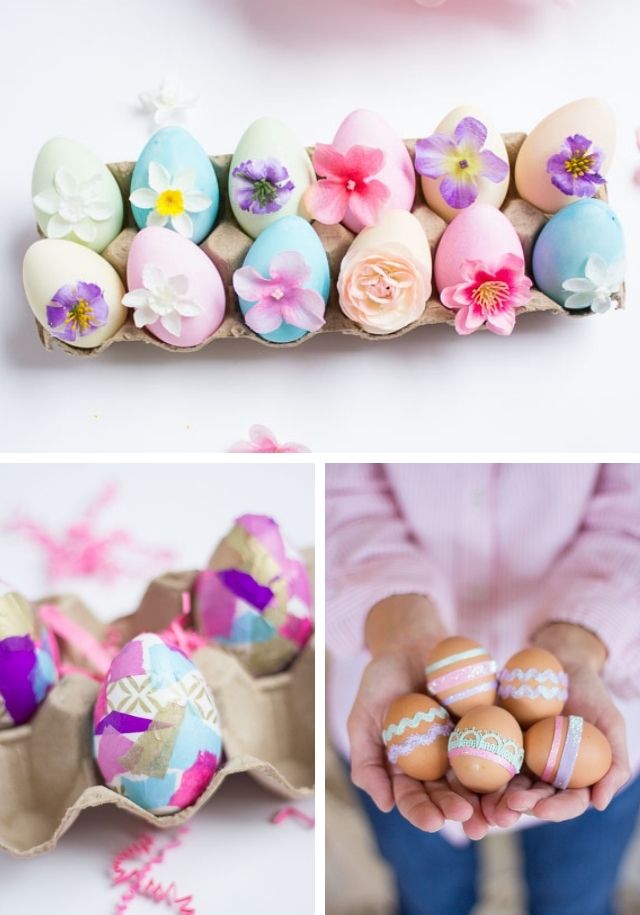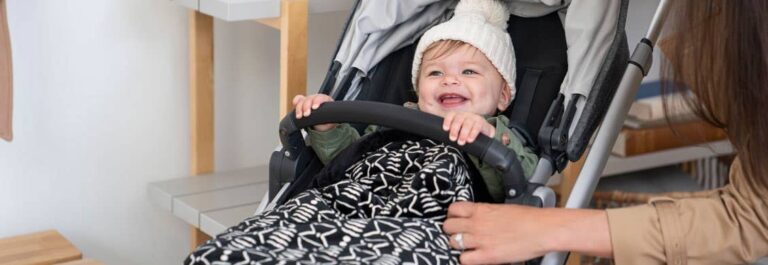How to Bathe a Child With No Bathtub: Expert Tips and Techniques
To bathe a child with no bathtub, place the child in a sink and use a washcloth or your hands to clean them. Be careful of splashes if using your hands.
Skipping a bath or shower is fine if the child looks clean, isn’t stinky, and hasn’t been in water, but bathing 2-3 times a week is recommended. Children can start taking showers when they can stand in a shower stall and tolerate the sensation of water.
If a baby doesn’t like showers and a baby’s bath won’t fit in the shower, using the kitchen sink can be a suitable alternative.
Bathing Alternatives: What To Do Without A Bathtub
Bathing Alternatives: What to Do Without a Bathtub
Bird Bath: Using A Sink And Washcloth
If you don’t have access to a bathtub, don’t worry! You can still give your child a refreshing and effective bath using a sink and a washcloth. This method, often referred to as a “bird bath,” allows you to clean your child thoroughly while ensuring their safety and comfort.
Here’s how to give your child a bird bath using a sink and washcloth:
- Fill the sink with lukewarm water, making sure it’s not too hot or cold for your child.
- Gently place your child in the sink, ensuring their safety by keeping one hand on them at all times.
- Wet the washcloth and add a small amount of baby-friendly soap or cleanser.
- Gently wipe your child’s body with the soapy washcloth, starting from their face and working your way down.
- Pay special attention to areas like the armpits, diaper area, and behind the ears.
- Rinse the washcloth thoroughly and use it to remove any soap residue from your child’s body.
- Once your child is clean, carefully lift them out of the sink and pat them dry with a soft towel.
This method allows you to control the water temperature and ensure a comfortable bathing experience for your child. It also gives you the opportunity to bond with your little one while ensuring their hygiene.
Shower Splash: Using Your Hands And Water
If you don’t have a sink available, you can still give your child a bath using the “shower splash” method. This technique involves using your hands to wet and rinse your child with water, mimicking the effect of a shower.
Follow these steps to give your child a bath using the shower splash method:
- Stand your child in a safe and comfortable space, such as a spacious bathroom or a specially designed bathing area.
- Use your hands or a cup to pour lukewarm water over your child’s body, wetting their hair, torso, and limbs.
- Apply a small amount of baby-friendly soap or cleanser to your hands and gently massage it onto your child’s body.
- Continue splashing water over your child’s body to rinse off the soap.
- Ensure that no soap residue remains on your child’s skin.
- After rinsing, carefully lift your child out of the bathing area and pat them dry with a soft towel.
The shower splash method allows you to adapt to your bathing situation and still give your child a thorough and enjoyable bathing experience. It’s a convenient and effective alternative when a bathtub is not available.
Creating A Safe Bathing Environment
Bathing a child without a bathtub may seem like a challenge, but with a little preparation and the right tools, it can be done safely and effectively. One of the most important aspects of bathing a child is creating a safe environment that minimizes the risk of accidents or injuries. In this article, we will explore some helpful tips and strategies to ensure a safe bathing experience for both you and your child.
Clearing The Area: Ensuring A Clutter-free Space
Before beginning the bath, it is crucial to clear the area of any potential hazards or obstacles. This includes removing any loose objects, such as toys or toiletries, from the surrounding area. Ensure that the floor is dry and free of any slippery substances, such as soap or water, to prevent accidents. By creating a clutter-free space, you minimize the risk of tripping or falling, providing a safer environment for both you and your child.
Installing A Bath Seat: Providing Stability And Support
A bath seat is an excellent addition to your bathing routine when you don’t have a bathtub. It provides stability and support for your child, allowing them to sit comfortably while being bathed. To install a bath seat, ensure that it is securely fastened to the shower floor or sink surface. This will prevent any accidental slips or movement during the bathing process. Additionally, a bath seat provides you with better control over your child’s movements, making it easier to reach all the necessary areas without strain or discomfort.
Preparing For Bath Time
Learn how to bathe a child with no bathtub using a sink and washcloth or your hands. Skip the bath or shower if your child looks clean and hasn’t been in water.
Gathering Bathing Essentials: Towels, Soap, And Other Supplies
Before you begin bathing your child without a bathtub, it’s important to gather all the necessary bathing essentials. This ensures that you have everything you need within reach, making the bathing process smoother and more convenient.
Here’s a list of essential supplies you’ll need:
- Towels
- Baby soap or mild shampoo
- Clean clothes for after the bath
- A washcloth or sponge
- A basin or sink large enough for your child
- A non-slip mat or towel to place at the bottom of the sink or basin for added safety
By having all these supplies ready beforehand, you can ensure that you won’t have to leave your child unattended during the bath.
Adjusting The Water Temperature: Ensuring Safety And Comfort
Once you have all the bathing essentials ready, it’s crucial to adjust the water temperature to ensure the safety and comfort of your child. Use the following steps to guide you:
- Fill the sink or basin with warm water that is at a comfortable temperature for your child. Use a thermometer to check the water temperature and ensure it is between 98°F (37°C) and 100°F (38°C).
- Always check the water temperature with your hand or elbow before placing your child in the sink or basin to avoid accidentally scalding them.
- Make sure there are no sudden changes in water temperature during the bath.
By adjusting the water temperature correctly, you can create a safe and comfortable environment for your child’s bath time.
Remember, while bathing your child without a bathtub may present some challenges, with the right preparation and care, you can ensure that bath time remains a pleasant and enjoyable experience for both you and your little one.
:max_bytes(150000):strip_icc()/cGettyImages-899528746-2000-fcddcc8911cd4d4594310b9a8708c852.jpg)
Credit: www.parents.com
Step-by-step Bathing Process
Learn the step-by-step process of bathing a child with no bathtub, including tips on using a sink and washcloth or your hands for a “bird bath. ” Find out how often your child needs a bath and when they can start taking showers instead.
Placing Your Child In The Tub: Supporting Their Head And Neck
When bathing your child without a bathtub, it’s important to ensure their safety and comfort by properly supporting their head and neck. Use a sink or a basin filled with warm water, and follow these steps to place your child in the tub: 1. Gather all the necessary bathing supplies such as a mild baby soap, washcloth, towel, and clean clothes. 2. Place a non-slip mat or a towel at the bottom of the sink or basin to prevent any sliding or accidents. 3. Carefully hold your child with one arm, supporting their head and neck with your hand. 4. Slowly lower your child into the tub, making sure to keep their head above the water level. 5. Keep a firm grip on your child’s body while ensuring they are comfortable and secure in the tub.Cleaning Their Body: Gentle Washing Techniques
Once your child is safely positioned in the tub, it’s time to clean their body using gentle washing techniques. Follow these steps to ensure their cleanliness and hygiene: 1. Wet a washcloth with warm water and squeeze out any excess water. 2. Apply a small amount of mild baby soap to the washcloth, making sure not to use too much product. 3. Gently wipe your child’s face, starting from the forehead and working your way down to their chin. 4. Clean their arms, legs, and torso with gentle strokes, paying attention to folds and creases. 5. Remember to clean your child’s diaper area, ensuring proper hygiene. 6. Rinse the soap off their body using a clean, damp washcloth. 7. Avoid getting water into your child’s eyes or ears while rinsing.Wiping Their Eyes: Keeping Them Comfortable And Clear
During the bathing process, it’s important to keep your child’s eyes comfortable and clear. Follow these steps to ensure their eye hygiene: 1. Wet a clean washcloth with warm water and squeeze out any excess water. 2. Gently wipe your child’s closed eyes from the inner corner to the outer corner, using separate corners of the washcloth for each eye. 3. Be careful not to apply too much pressure or rub vigorously, as this may cause discomfort. 4. If your child’s eyes appear red or irritated, rinse them with a gentle stream of clean water using a small cup or your hand. Remember, each child is unique, and their comfort and safety should always be prioritized during the bathing process. Following these step-by-step instructions will help you bathe your child without a bathtub while ensuring a stress-free and enjoyable experience for both of you.Post-bathing Tips And Techniques
Once you have successfully bathed your child without a bathtub, there are a few important post-bathing tips and techniques to follow. These steps will help ensure your child’s safety and keep their skin moisturized and nourished.
Removing Your Child From The Bathtub: Ensuring A Secure Hold
When removing your child from the makeshift bathtub, it is crucial to do so in a secure and safe manner. Follow these steps to ensure you maintain a firm grip:
- Place a non-slip bath mat or towel on the floor next to the sink or shower where you will be removing your child.
- Support your child’s head and neck with one hand while using your other hand to lift them out of the water.
- Ensure you have a secure hold on your child by wrapping your arm around their torso, supporting their back and bottom.
- Slowly lift your child out of the water and onto the bath mat or towel.
- Double-check that your child’s footing is secure before releasing your hold.
Moisturizing Their Skin: Applying Gentle And Nourishing Products
After bathing, it is important to moisturize your child’s skin to prevent dryness and irritation. Follow these steps when applying gentle and nourishing products:
- Choose a moisturizer specifically designed for babies or children. Look for products that are hypoallergenic and free of harsh chemicals.
- Dispense a small amount of moisturizer onto your hands and rub them together to warm the product.
- Gently apply the moisturizer to your child’s skin, focusing on areas prone to dryness such as elbows, knees, and cheeks.
- Use gentle, circular motions to massage the moisturizer into their skin, promoting absorption.
- Be cautious to avoid the eye area and any open cuts or wounds.
By following these post-bathing tips and techniques, you can ensure the safety and comfort of your child even without a bathtub. Remember to always prioritize your child’s well-being and choose products that are gentle and nourishing for their delicate skin.
Frequently Asked Questions On How To Bathe A Child With No Bathtub
How Do You Bathe Without A Bathtub?
To bathe without a bathtub, you can use a sink and washcloth, also known as a “bird bath. ” If you don’t have a washcloth, you can use your hands but it may cause more splashing. Alternatively, you can skip bathing if your child looks clean and hasn’t been in dirty or pool water.
How Long Can A Child Go Without A Bath?
A child can go without a bath if they are clean, not stinky, and haven’t been in water. Bathing 2-3 times a week is fine, but even once or twice a week is okay for many kids.
Can Toddlers Shower Instead Of Bath?
Toddlers can shower instead of taking a bath when they are able to stand in a shower stall and tolerate water hitting their bodies from above. However, most young children prefer to sit and play in a tub rather than standing in the shower.
Wait until your child shows interest in taking showers before transitioning.
At What Age Is It Safe For A Child To Bathe Alone?
A child can safely bathe alone at around the age of 6-8, depending on their maturity and ability to follow safety guidelines.
Conclusion
Bathing a child without a bathtub can be a challenge, but with a few simple tips, it can be easily managed. Using a sink and washcloth or even your hands can work as a substitute for a traditional bath. Additionally, if your child is relatively clean and not exposed to dirty environments, it’s perfectly fine to skip a bath or shower a few times a week.
Remember, the most important thing is to ensure your child’s hygiene and comfort.
